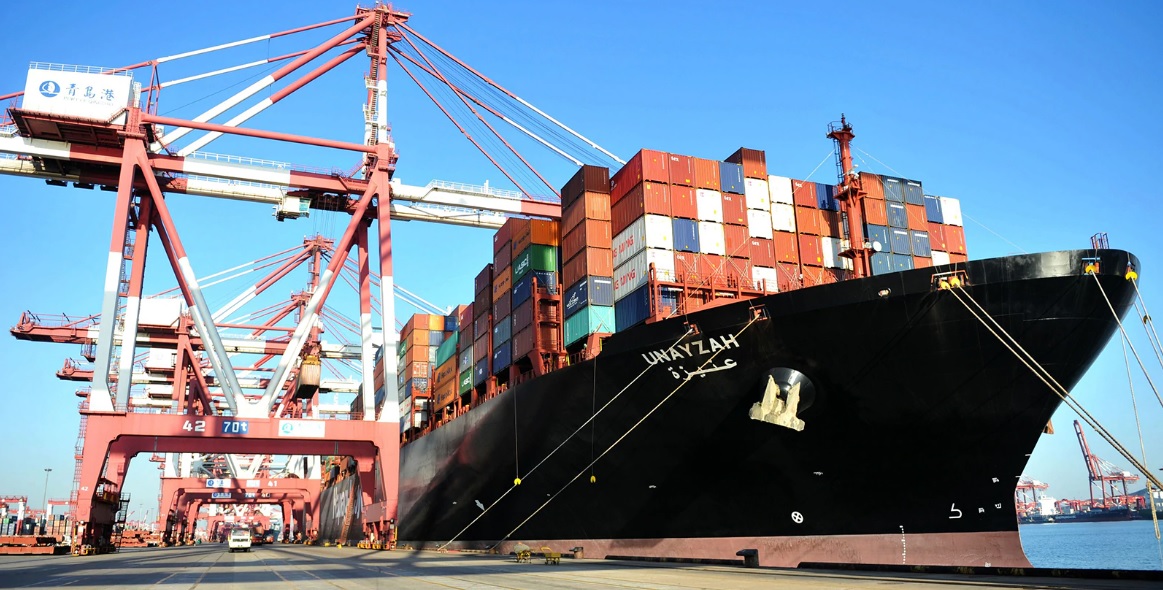
Asia overall stands to deliver nearly two-thirds of global growth to 2030.

Dynamic changes underway in our region will continue to drive our economy and offer Australia significant opportunities. Two-way tradeĪsian partners dominate Australia’s two-way trade flows, as Australia’s economy continues to complement those of a growing Asia. It is calculated by subtracting the value of the goods and services Australia buys from overseas from the value of the goods and services we sell to other countries.Īs of December 2019, Australia’s trade balance was $5,223 million (seasonally adjusted). (e) GDP at purchasers' (market) prices is derived by adding Taxes less subsidies on products and Statistical discrepancy to Gross value added at basic prices.Īustralia’s trade balance is the difference between what we export and what we import. (d) Basic prices are amounts received by producers, including the value of any subsidies on products, but before any taxes on products.

(b) Derived from original data on an annual average. Taxes less subsidies on products and statistical discrepancy (d) Derived from original data on an annual average.īased on ABS and Reserve Bank, various catalogues. (b) Derived from annual movements in original data. Minister for Trade, Tourism and Investment Australia is a top 20 countryĪustralia’s key economic indicators 2016-17 to 2018-19 This landmark trade agreement will boost export opportunities for Australian businesses in the world’s fastest growing region. In November 2019, we reached a milestone in joining 14 other economies in agreeing to sign the Regional Comprehensive Economic Partnership in 2020. The Indonesia-Australia Comprehensive Economic Partnership will enter into force after Indonesia has completed its domestic ratification process. In January and February 2020, new trade agreements with Hong Kong and Peru entered into force. In the past six years, we have secured duty-free or preferential access to an extra 1.7 billion consumers in other economies. To build an even stronger economy, the Australian Government continues to pursue an active and ambitious open trade and investment agenda. Businesses with foreign investment generate around 40 percent of Australian exports, and foreign investment supports one in ten jobs in Australia. Trade as a whole is equivalent to 45 per cent of Australian GDP and is directly responsible for one in five Australian jobs. By strengthening our economy we can provide the essential services that all Australians rely upon. Although 2020 is now the most difficult of years, Australian businesses will still rely on strong levels of trade and foreign investment for their future success.Īn economy made stronger by trade and investment relationships that are more open means a brighter future for Australians. Welcome to Trade and Investment at a Glance, a concise summary of Australia’s engagement with the global economy over 2018-19.
#INTERNATIONAL TRADE IMPORTS AND EXPORTS FREE#
Free trade agreements under negotiation.Australia’s trade and investment framework.Multilateral and regional organisations.

Trade and investment at a glance 2020 Contents


 0 kommentar(er)
0 kommentar(er)
